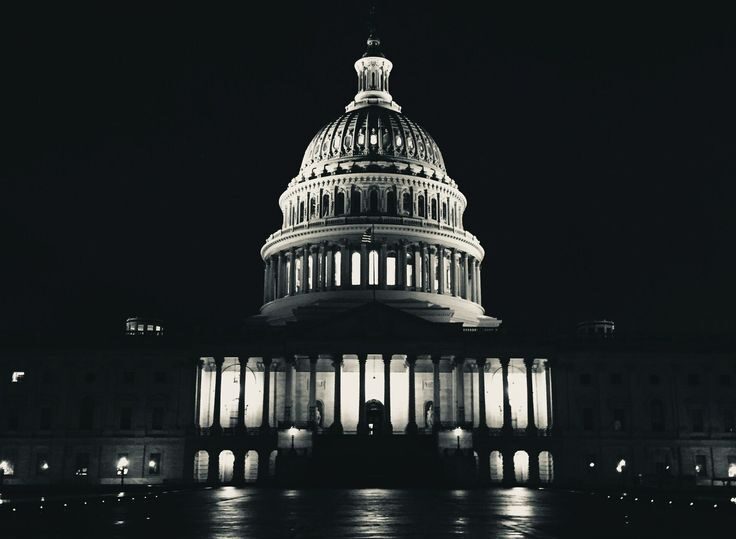Throughout his first term, and the short month since he began his second term, Donald Trump has arguably fostered a reputation across all political angles, of unconventional, bold, and typically far-fetched policy goals to reflect his personal solutions to problems to which he believes hinders the state that an “ideal” America would portray. As such, Trump has revealed his ambitions which are aimed to bolster the American global dominance and identity. He seemingly aims to achieve this by annexing nearby countries, and revising the names of historic geographical areas, but questions remain over whether his goals are genuine, or if this is simply political posturing to project an image to his voter demographics and broader international stage.
One of Trump’s most brazen ideas has been his notion of annexing Canada in order to establish a “51st US state”. This reflects the nationalistic tone developed during his campaign, where he asserted repeatedly that the US needed a return to its traditional identity of 20th century ‘America First’ ideals, which entailed reducing American involvement in global affairs and aid, while making other nations subordinate to America. This is evidenced by Trump’s agitation due to his claims that the US provides Canada with $200 billion, which he says would be justified if the US were to absorb Canada. Canada, who in 2022, exported 60% of US crude oil imports, among many other raw materials like timber and minerals, would become subordinate to the US in a manner that would allow the executive to benefit the US by brute force, perhaps by passing federal regulations that would compel Canada as the 51st state to provide these materials to domestic companies for cheaper than they would have charged had they remained a sovereign nation. They could also potentially limit the independent access that Canada would have to the global market, which would allow American businesses to primarily benefit from a monopoly on their trade. Despite this, an annexation of Canada by the US is unrealistic, as fundamentally, Canada is a sovereign nation with a strong global presence that has not expressed any desire to be ingrained into the US, and any serious attempt by Trump to annex the nation would be highly likely to result in international condemnation and sanctions if done so by force, and would almost certainly result in a further significant increase in taxes for Americans, as the US attempts to adjust after restructuring such a large external economy and infrastructures to be compatible with the other states of America. Additionally, the current political attitude towards the US from Canada is broadly negative, as Trump very recently attempted to place an additional 25% tariff on all imports from Canada (and Mexico), due to Trump’s perception that Canada is compliant, in what Whitehouse.gov claims is an “extraordinary threat posed by illegal aliens and drugs”. The negative reception to this near trade war has led to Canadians being more likely to want a reduction in the country’s reliance on the US over repairing the relationship they had prior to Trump’s second term, according to the Angus Reid Institute. This, along with the current boycott of US-made products in Canada, has consolidated the already present reality that Canadians are unlikely to ever vote in favour of becoming one with the US. Amongst all of this, it is therefore more plausible that Trump is simply using these claims to reinforce his image as a leader among his voter base, and restate his commitment to the policy goals outlined in his campaign.
Aligned with his commitment to commit to more traditional American goals, Trump has yet again revived discussions to acquire Greenland, a territory of the Kingdom of Denmark. Previous discussions within the US government about acquiring Greenland have occurred six times, in 1867, 1910, 1946, 1955, 2019 and now 2025. The consensus between these discussions has been that an acquisition of the Danish territory would allow the US to bolster its defence. Greenland spans a 44,000km coastline that is largely unguarded, obstructing the ability of the US to monitor potential threats to their security. Similar to Canadian opposition to US integration, an opinion poll by Verian indicated that 85% of Greenlanders opposed the notion of the territory becoming part of the US, with several leaders of Greenland over the years, including the current incumbent, rejecting US attempts to push Greenland to become US territory. Another reason why this is unlikely is due to the fact that an acquisition of Greenland would damage US relations with allies, namely Denmark who still owns the land despite it being semi-autonomous, leading to further US isolation. Furthermore, also similar to Canadian acquisition, the acquisition of Greenland would be more expensive for taxpayers, as it would cost billions to make this a reality, while many US consumers are struggling in a cost of living crisis. Therefore, it is clear in the case of Greenland also that acquiring it was never a realistic option, and it is arguably another performative move to reinforce Trump’s attitude towards foreign powers.
According to Whitehouse.gov, the US commits to “restoring names that honor American greatness”. They claim that it is in their national interest to “promote the extraordinary heritage” of their nation, and one example of the way in which they will achieve this is by renaming the “Gulf of Mexico” to the “Gulf of America”. This was likely a move to promote the idea that the US has a rightful claim to the territory that surrounds it, and this change seeks to erase the historic identity of regions in order to Americanise them and further intensify Trump’s movement of territorial patriotism, reflecting his broader nationalist branding. The renaming of geographical areas for political gain and messaging has been a tool used around the world symbolically. This is well documented in Russia, where Volgograd was formerly known as Stalingrad, and Saint Petersburg was formerly known as Leningrad in homage to two leaders of Russia.
In conclusion, while considering the implications of annexation and historic renaming, Trump’s goals concerning Canada, Greenland and the Gulf of Mexico may project an image of dominance to his supporters, but the practical, diplomatic and legal obstructions arguably make it clear that such goals are more performative than they are genuine objections.



